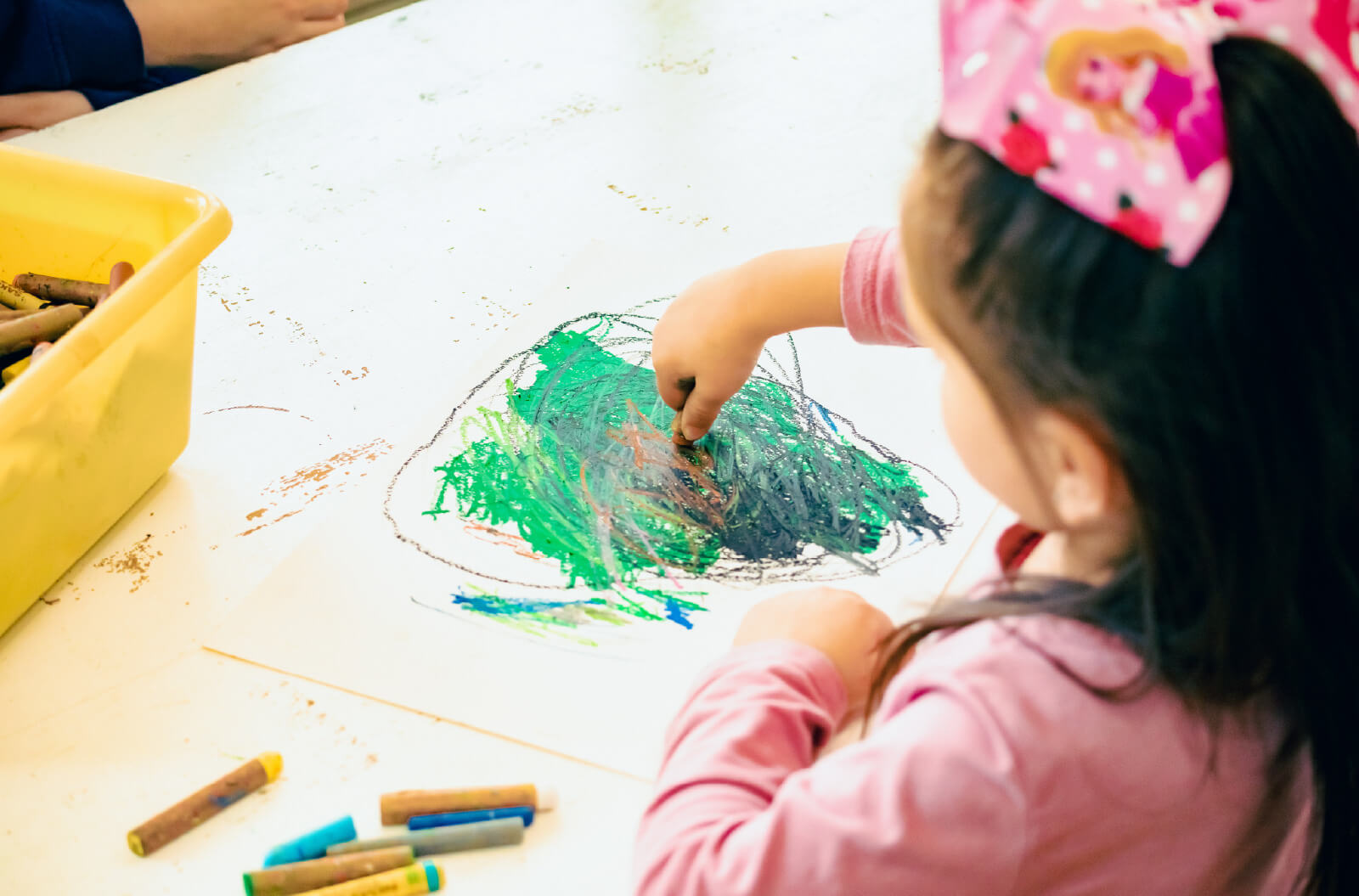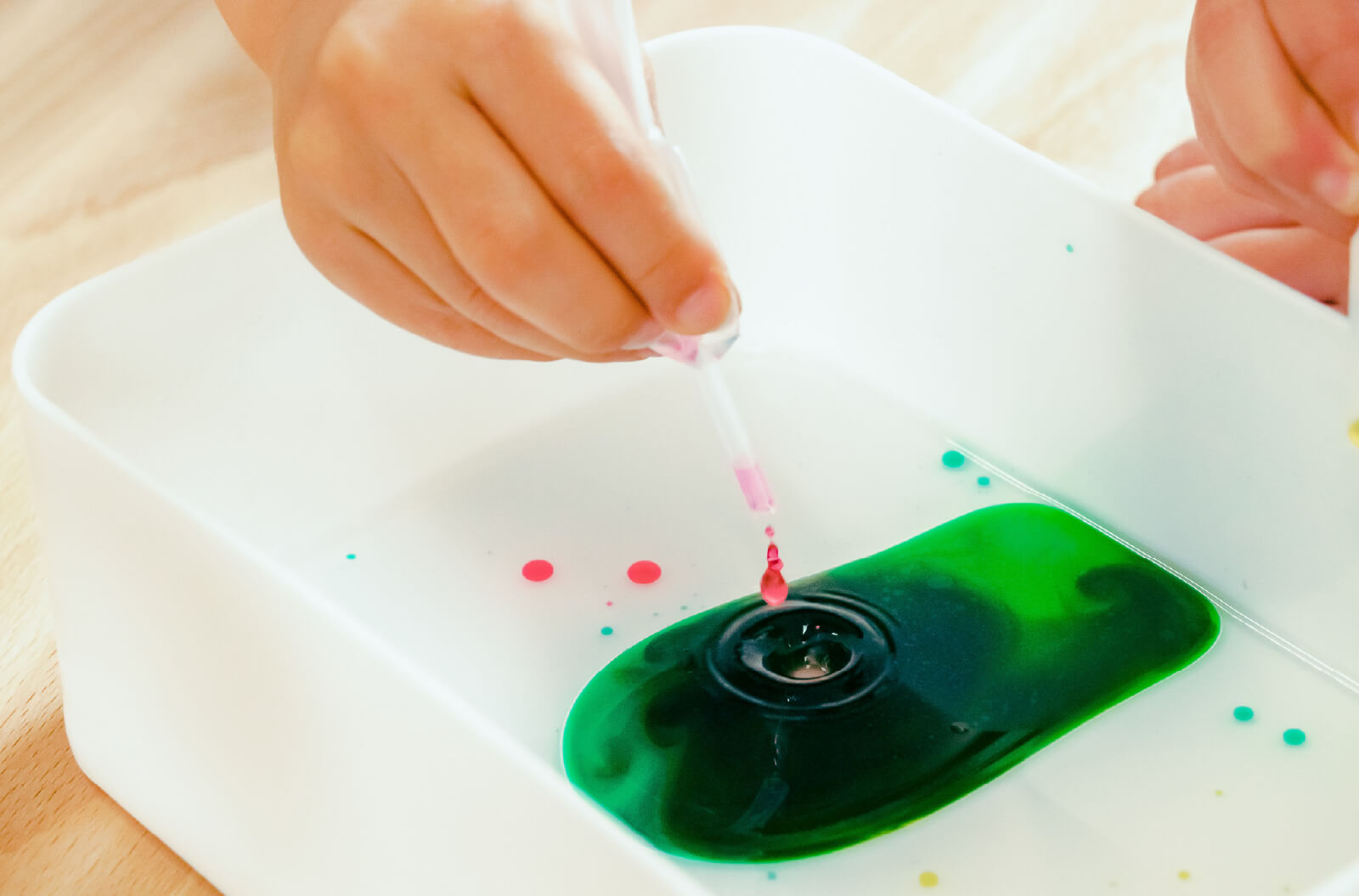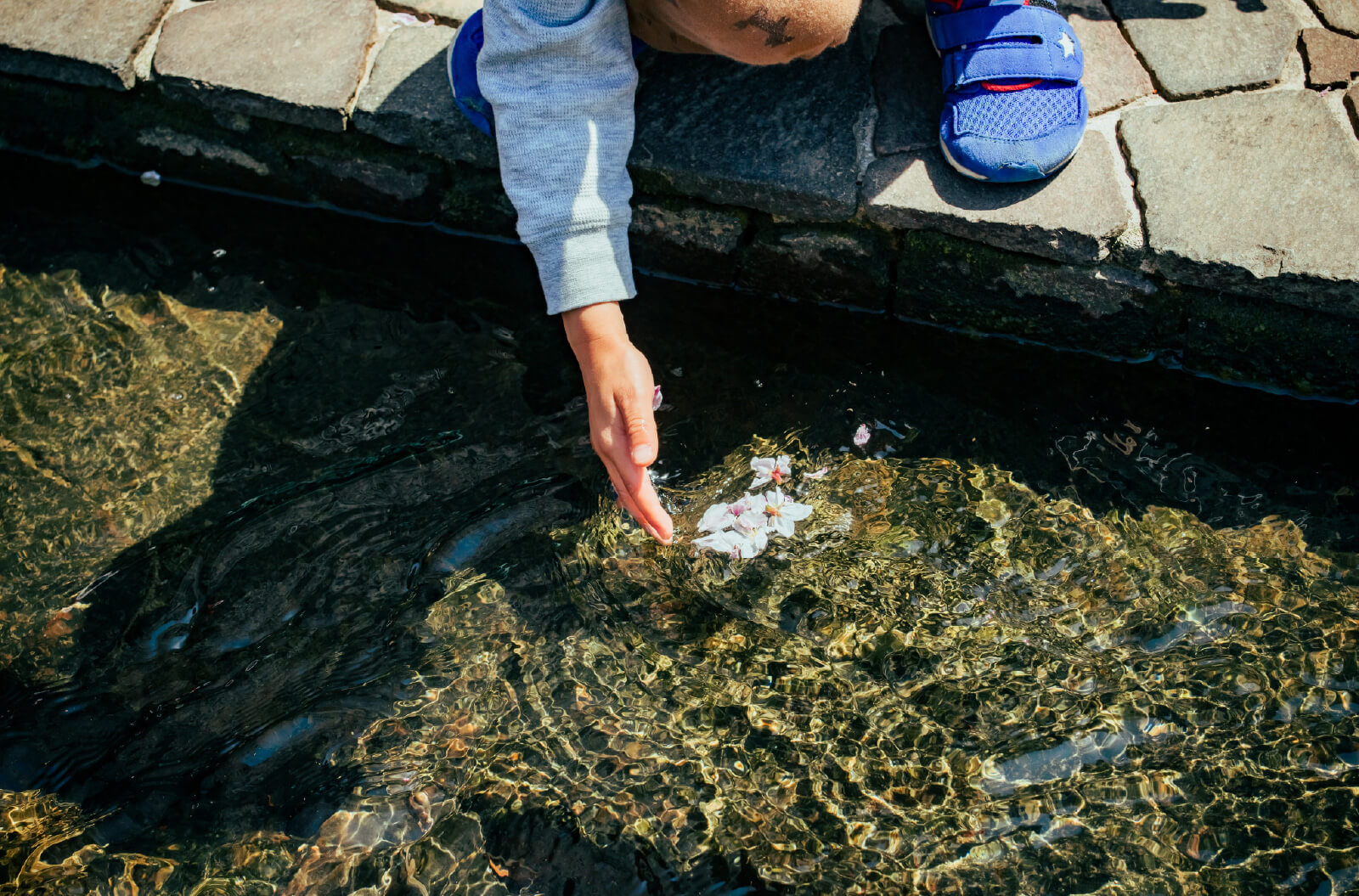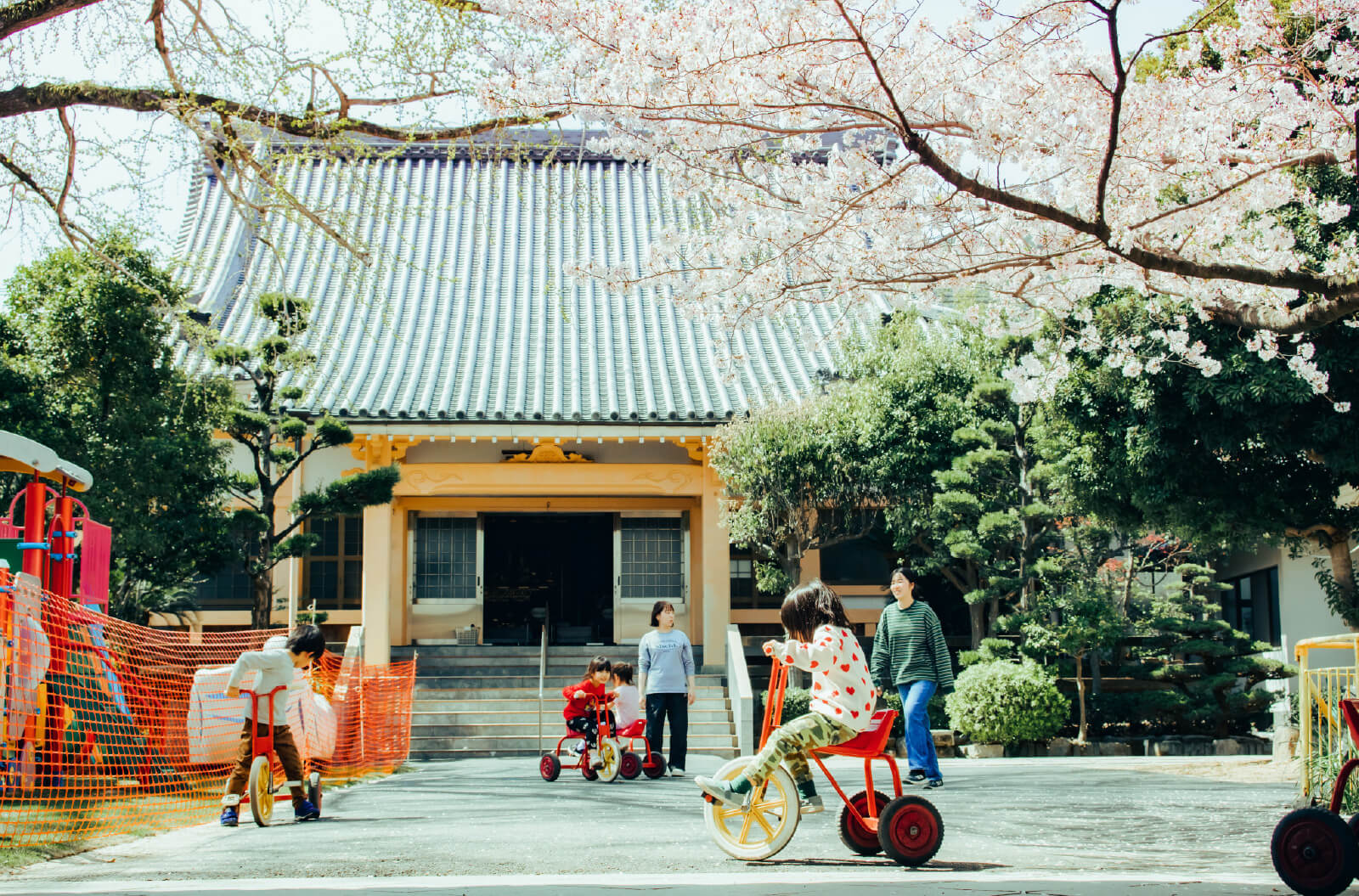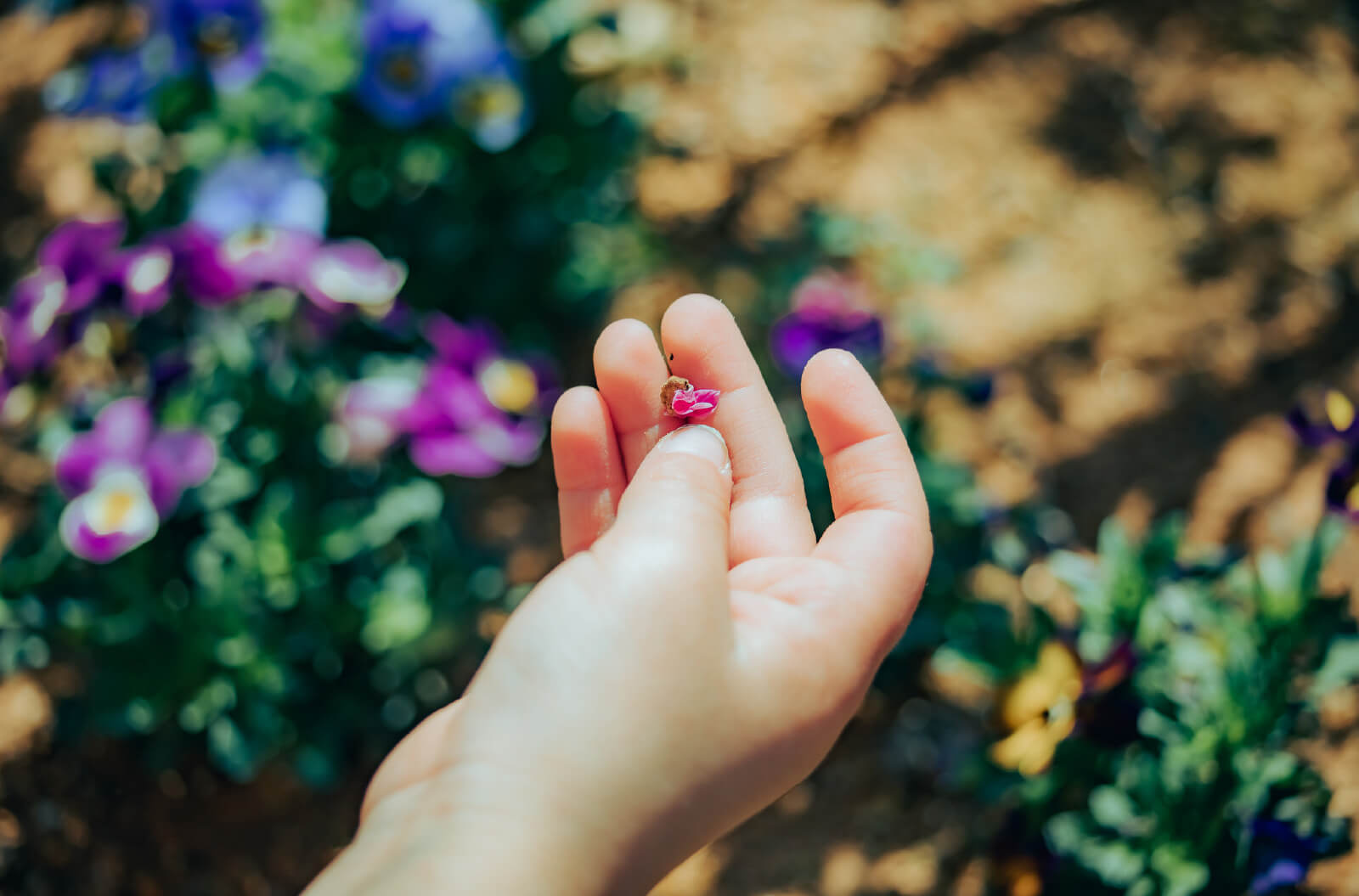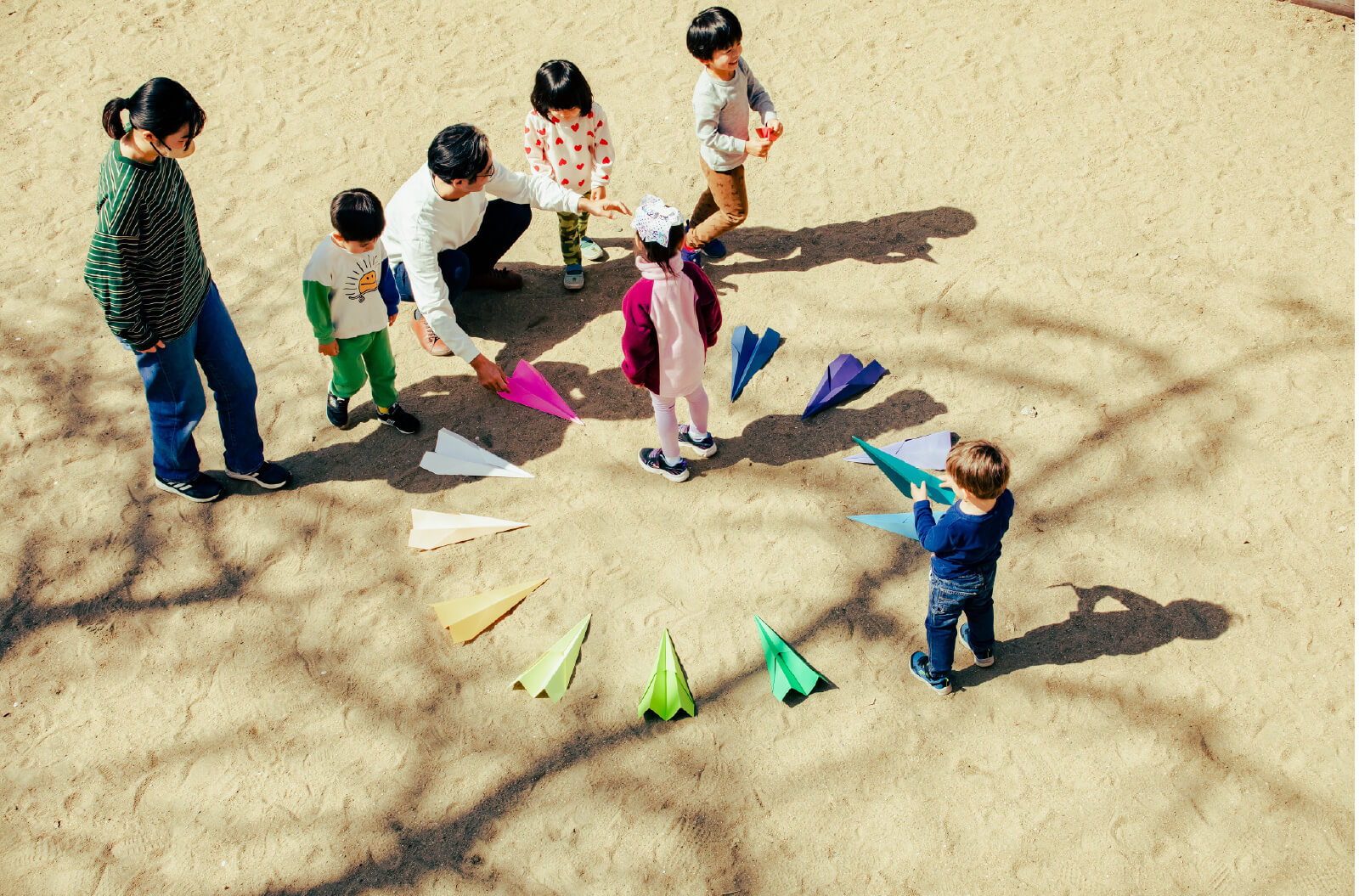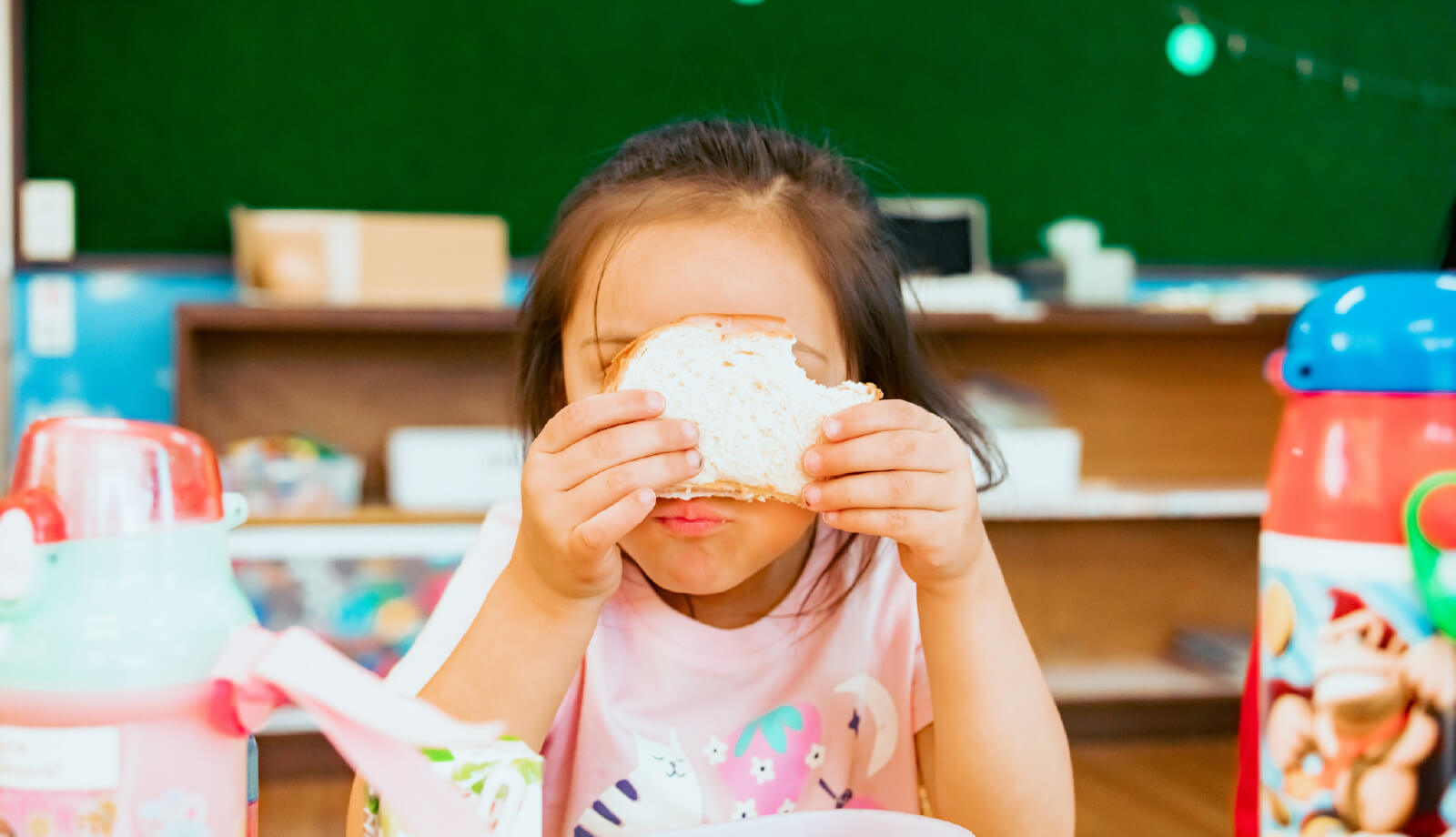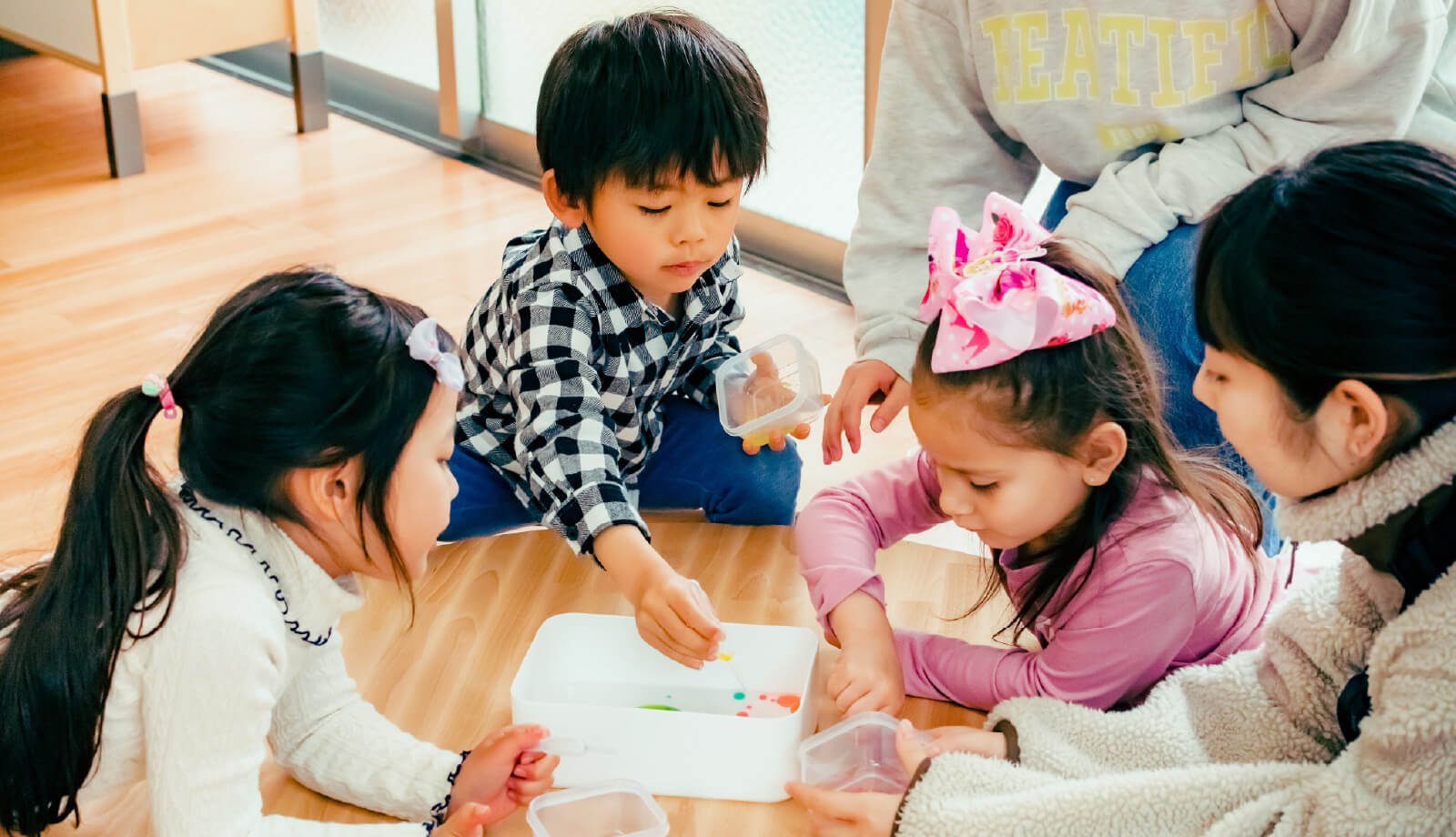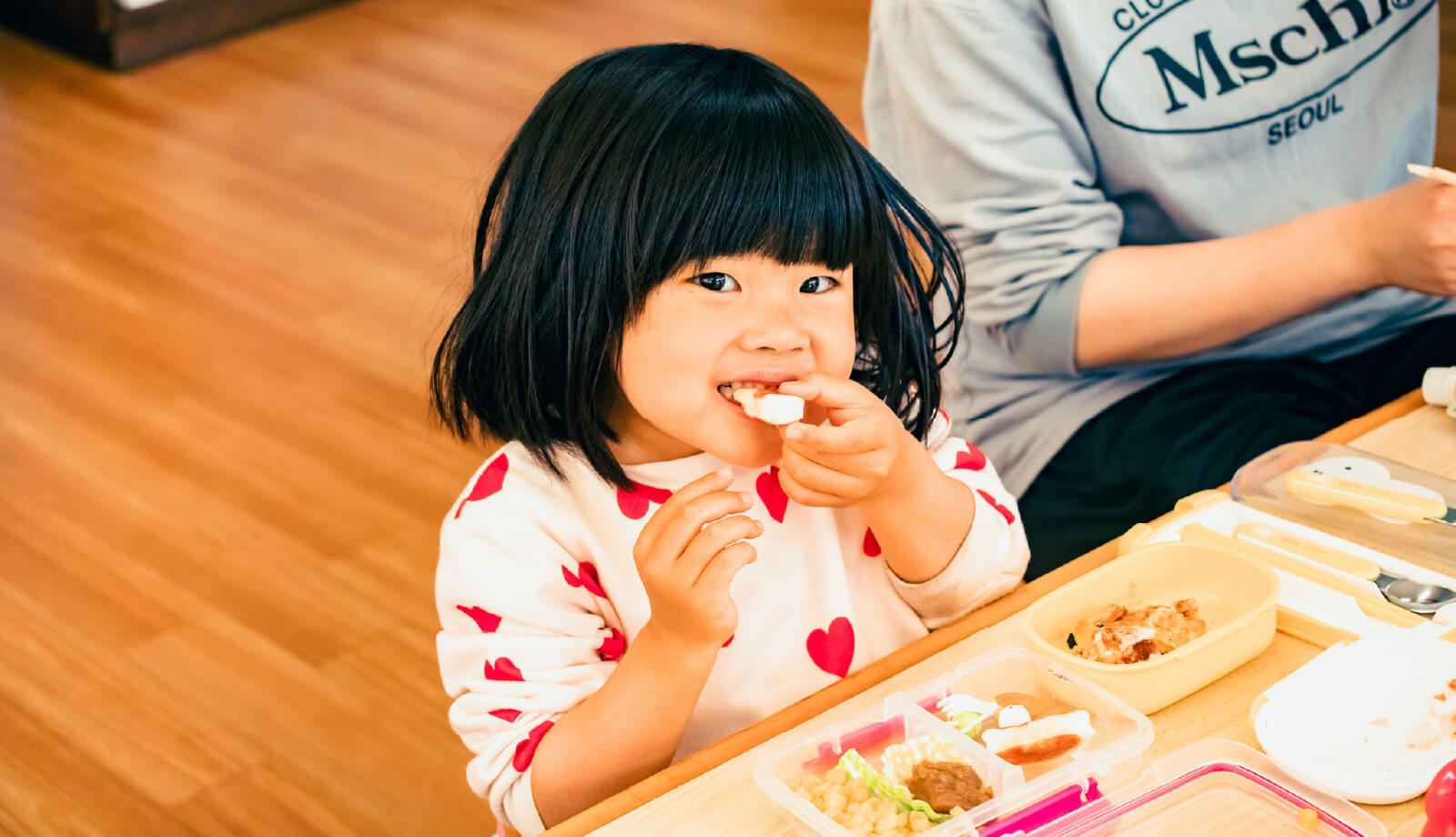

Our Thoughts
This is a kindergarten located in a temple.
There is an entrance and an exit to life.
There is joy in meeting and sorrow in parting,
and both the tenderness and harshness of life coexist.
Life continues.
Within the vast and abundant flow of life,
children struggle to learn to express themselves with words,
but they have many opportunities to feel alive.
We connect.
Kindergartens are the first society for children.
Society has many rules and regulations
to ensure healthy growth and happiness
as they interact with other children.
One by one, they learn to make promises to each other
that will make them feel good about spending
time with each other,
one failure and one success at a time.
Society synchronizes with ease.
For children, play is the best way to learn.
Through trial and error and ingenuity,
they immerse themselves in their own world
and engage in timeless play.
It is for fun, yet it is also serious, earnest, focused,
and uncompromising.
Live and play.
Continue,
connect,
ease,
and live.
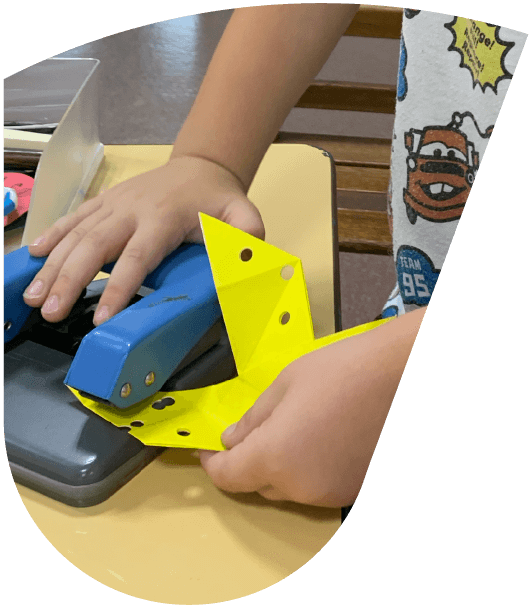



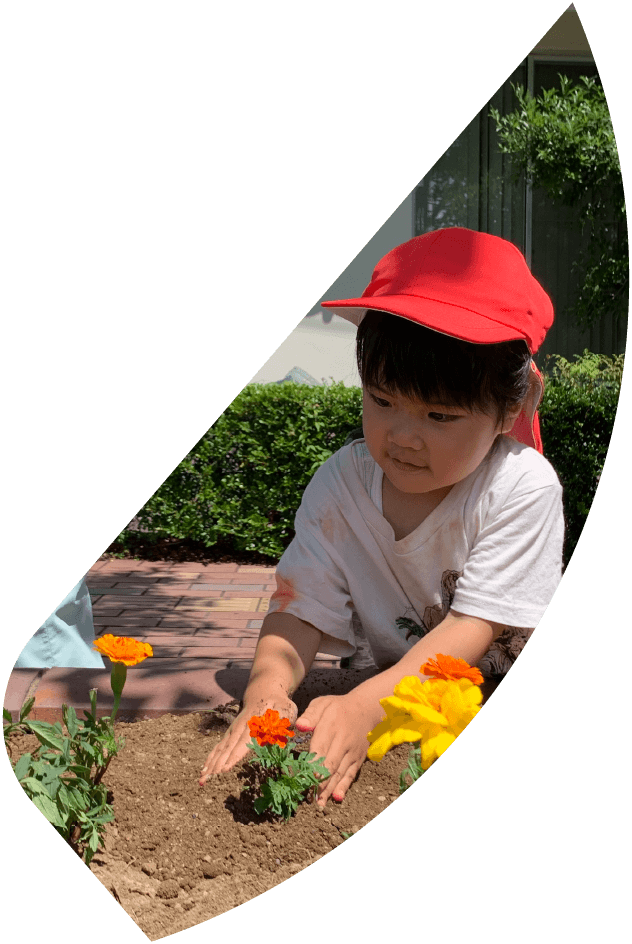

Our Thoughts
-
A Child is a Human
Children are individuals who think for themselves, They have their own values and create their own worlds. Treat children with kindness, compassion, love, and help them live happy lives. That is the most important thing for us.
-
Questions, not Answers
The era of there being only one right answer to a question has passed. The present-day era can be described as a world with many different answers. It can be that there is no right answer. Children are very good at asking questions. In asking questions, they are far beyond adults. Hypothesizing, thinking, discussing, and trying. We cherish the "why?” from little ones. Failure is the mother of success.
-
Improve Five Senses
Since ancient times, both in the West and the East, how we perceive our relationship with nature, others, and society with our five senses is even more important learning than the ability to process reading, writing, and arithmetic. In modern times, this is known as non-cognitive ability. It enhances the sensitivity of each child, and together they develop a sense of empathy and respect for other children.
-
Caregivers as Partners
We place great importance on attachment and trust with our children. For the child and his/her ability to learn and grow to be fully realized, a safe and secure environment is necessary. We strive to remove dangers of which children are unaware, and to recognize risks far in advance. There is a strong sense of security here. The children feel safe and secure to engage in creative and enriching activities. We accompany the children and share experiences with them.
-
Dialogue with Parents
The school and the family are the centers of each child's life. Both work to support the child's growth and learning. Our presence as caregivers and guardians is recognized by the children. Our peace of mind is passed on to the children, who feel secure to express themselves in both society and the world. Each and every day is a learning experience for both parents and caregivers. With the child's trust, we are allowed to be both the caregiver and the guardian. In such a relationship the child becomes equal to the adult.
-
Value Diversity
We accept children of all nationalities. You learn words quickly, though, when the environment changes, they may be soon forgotten. A life that is full of diversity means children are able to embrace differences and are ready to live in the wider world.
-
The environment is the third teacher
The first teachers are the caregivers. The second are the children they play with. The third is the environment they grow up in. In a safe and secure atmosphere, we provide creative spaces for learning. The road in front of the school, the grounds leading to the schoolyard, and the main hall, are all spaces for learning.
-
Children grow up in a culture
Children grow to love what the person they love loves. As adults, we must show that we enjoy every day. We will plan exciting things to do with children, with the parents, and the local community. Through such activities, we give children opportunities for social participation and enrichment. We believe that creating an ideal environment for children is the same as creating an ideal society.
Perspectives on activities
-
Small Group Activities
Children work together to engage in independent small group activities. Understanding that, “children learn best when their hearts are moved,” how can we foster this environment? We, as childcare providers, engage in the process of trial and error. Learning is highly effective in small group activities in which the participants can check each other's progress.
-
Children's Dialogue
Children with children, children with adults, adults with adults, we have a lot of dialogue. While a conversation is only a talk without a purpose, a dialogue is a mutual exchange of opinions toward a specific goal, and to deepen understanding. We do not focus on whether a conclusion can be settled or agreed upon.
-
Time
We guarantee time for children to explore (and play) carefully. Importance is placed on how daily activities lead to enriched growth and learning. We keep thinking about childcare not for the sake of events, but for what to do for the child's upbringing, and about the nature of time.
-
Processualism
People show their strength when they are recognized as “valuable”. Children are self-learners. Based on their interests and concerns, they formulate questions, develop hypotheses, test and demonstrate them in collaborative work, enrich the hypotheses themselves, and then the next question arises. We work from the perspective that children are rich in potential and are capable learners.
-
Creative and production activities
There is an atelier (artistic studio) at our school. We also have specialized staff members who support and accompany children in their artistic endeavors. Even when the same materials are laid out in front of them, each child creates based on their own worldview. The individuality of each child is communicated to the adults and we believe that this is an important aspect of artistic activities. Children work with teachers to plan, set up the environment, prepare, and work together. The staff then interpret the creations and ask questions of the children. It is the duty of the professional staff to deepen play and learning. In these activities, the start is the same for everyone, but the outcome is not set.
-
Notification of Activities
We use "documentation" to record the process of each child's growth and learning and we also share the children's images with the families. By working together to deepen our understanding of the children and to collaborate, we value the time we have for dialogue. We also value the connections between the parents and we encourage everyone to share various problems and difficulties they may have with others.
Contct us



